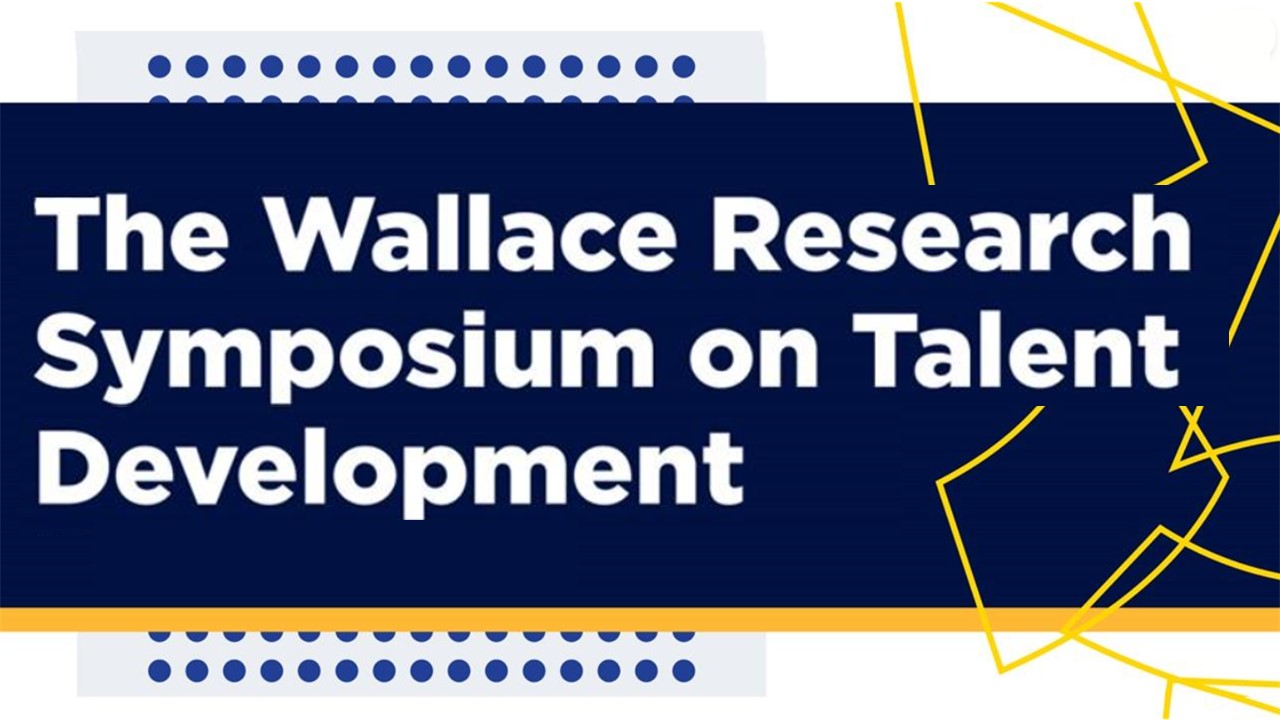
Poster Presentation 24 — The Limits of Multiple Measures to Increase Equity in Gifted Programs — Daniel Long, Scott J. Peters, Anthony Gambino, D. Betsy McCoach, & Del Siegle
Monday, May 20, 2024, 5:00 – 7:00 pm, Student Union Ballroom, Rooms 330/331
Educators use multiple measures to increase the equity and validity of talent assessments in gifted identification, college admissions, and teacher evaluations. We examine the potential limitations of multiple measures by examining the case of gifted identification. We gathered achievement, ability, and teacher rating scale (TRS) data from the entire 2nd grade or Kindergarten cohort in six US school districts (n=28,300). Next, we estimated 64 hypothetical gifted identification systems based on different norms, cut-offs, and combination rules, which resulted in dramatically different pools of students. In contrast to claims from gifted education practitioners, most combination rules do not increase equity to parity. We find that no data point, combination of multiple data points, eligibility cut-off, or type of norm resulted in proportional representation for students of color or those from low-income families. Building norms do improve parity in districts where schools differ in terms of demographics, but even they did not result in parity of identification. Disaggregating assessment scores by race/ethnicity and income status shows that Black and Latinx students scored lower than White or Asian students on ability, achievement, and TRS. When students from various demographic groups score unequally on the assessments, no combination rule results in proportional representation.